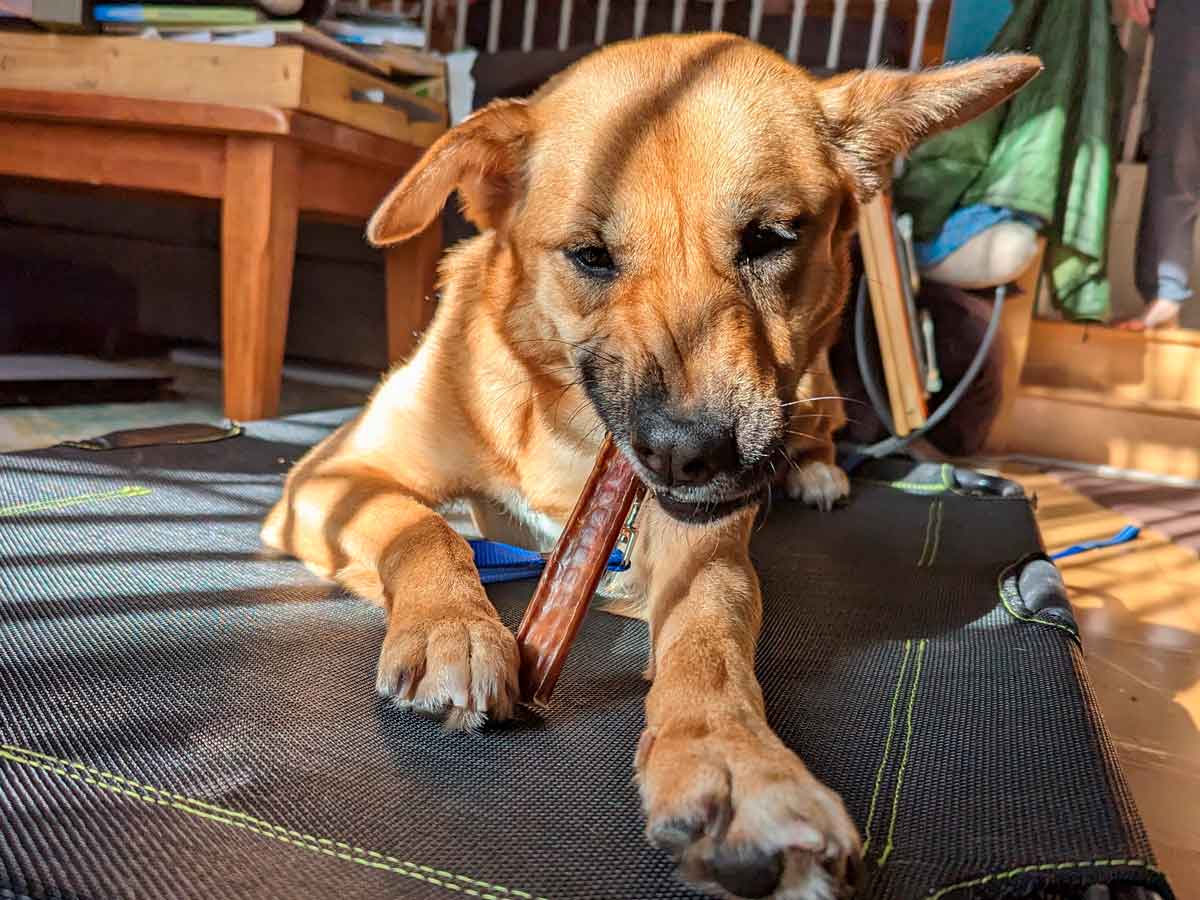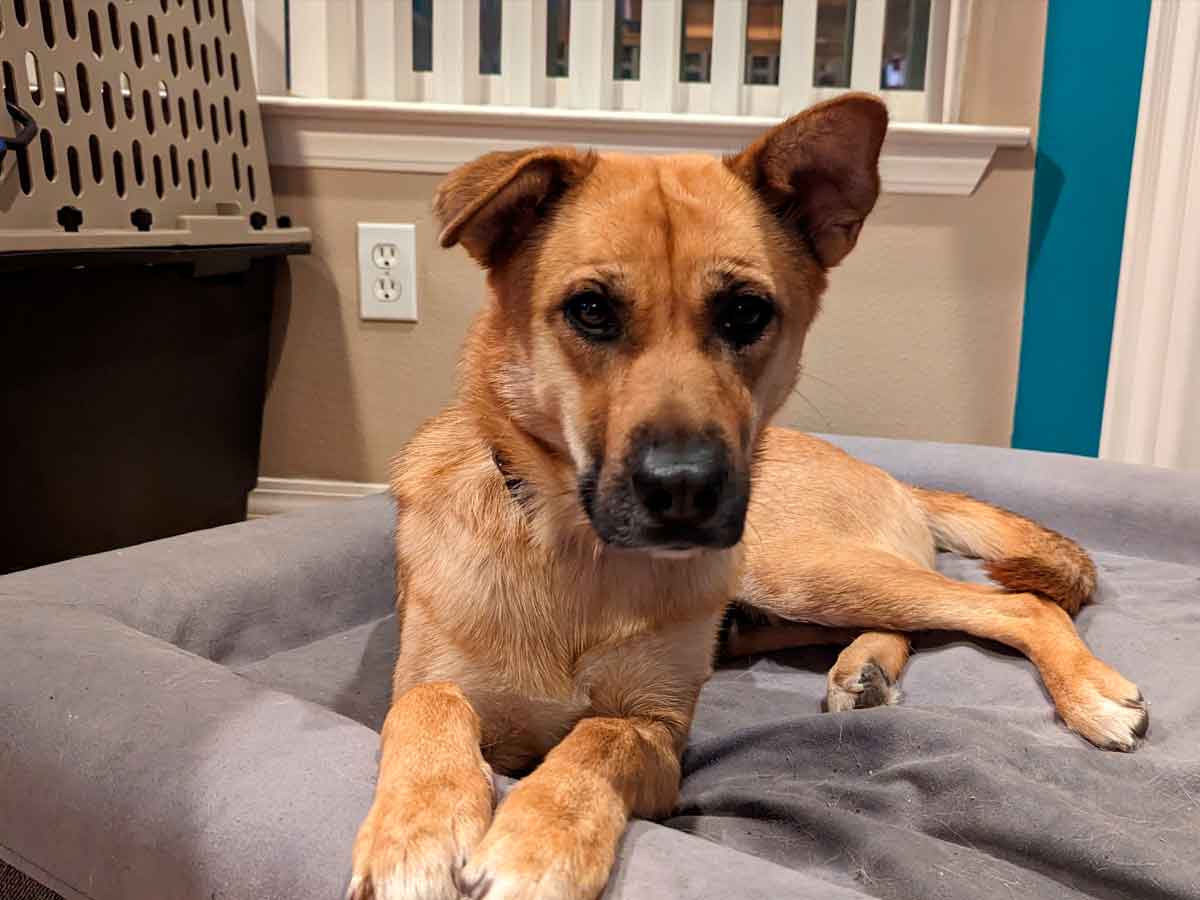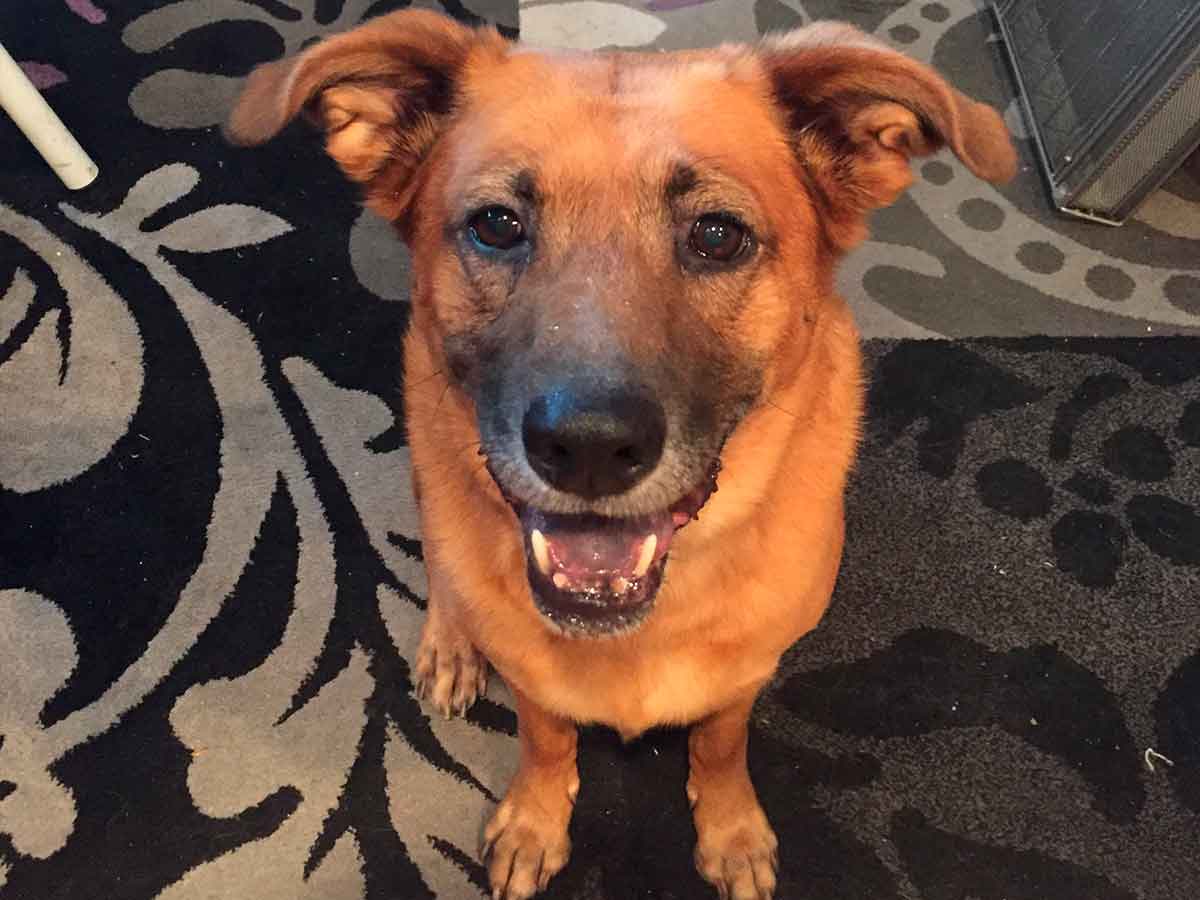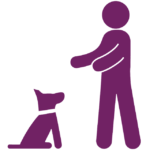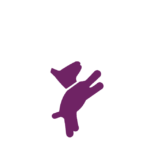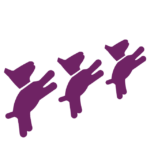Popular Tools Used In Reactive Dog Rehabilitation Training
In a nutshell, the major key to helping rehabilitate a reactive dog is using desensitization and counter-conditioning through short, managed (i.e. working in a purposely chosen public space where you know you have several available exits and other dogs are on leash), if not controlled (i.e. working in a non-public space with a chosen neutral, on-leash dog), training sessions. Rehearsing and reinforcing a desired, calm response allows a new conditioned emotional response, or CER, to be established over time.
Great! Now let’s talk about those terms a bit more.
Desensitization
Science Direct defines desensitization as, “a psychological process by which a response is repeatedly elicited in situations where the action tendency that arises out of the emotion proves to be irrelevant.”
In other words, with repeated exposure to the trigger, one, including your dog, tends to react less intensely. However, desensitization alone does not rehabilitate a reactive dog. In order to help your dog feel, and thus react differently to their triggers, counter-conditioning should also be integrated.
Counter-Conditioning
Merriam-Webster defines counter-conditioning as, “conditioning in order to replace an undesirable response (such as fear) to a stimulus (such as an engagement in public speaking..or for your dog, seeing another dog) by a favorable one.”
So if your dog is currently barking at the delivery person out the window, you would need to practice (and reward!) an alternate, desired behavior, like sitting calmly on the couch when they hear your gate open and a package drop on your steps. This is what I call the master’s degree level behavior. For any new desired behavior, it’s important to start your dog in kindergarten. In this case, rewarding your dog for sitting calmly on the couch without any distractions, and then over time, gradually adding playing a recording of your gate opening on the lowest level, and rewarding your dog’s calmness.
Conditioned Emotional Response (CER)
A conditioned emotional response is an automatic response to a stimulus that has been learned from past exposures and experiences (running to the window to bark at the delivery person). It is not a choice or actively thought about, it is an emotional and automatic reaction.
For example, how do you feel when you hear the ice cream truck coming down the street or the sight of a cup of coffee being poured? What about when you hear screeching tires or the sight of an ambulance? These are all conditioned emotional responses. At first, these sights and sounds were neutral, but in time you came to associate them with good or bad things, and now you have a conditioned emotional response (CER) and react/behave a certain way when you hear or see them. To feel differently about these experiences you would have to desensitize and counter-condition yourself slowly over time.

